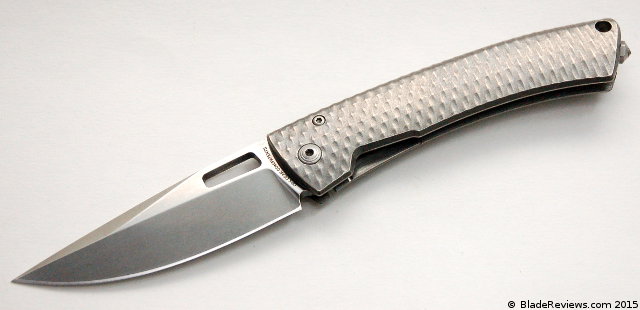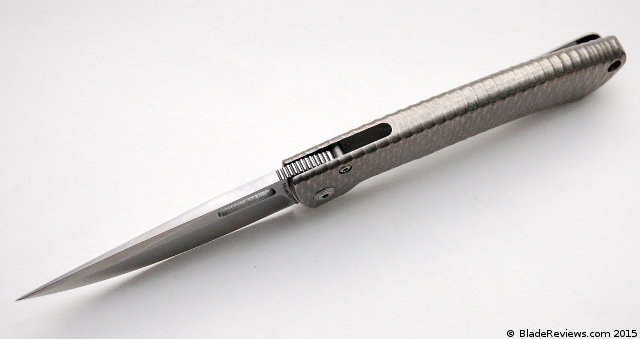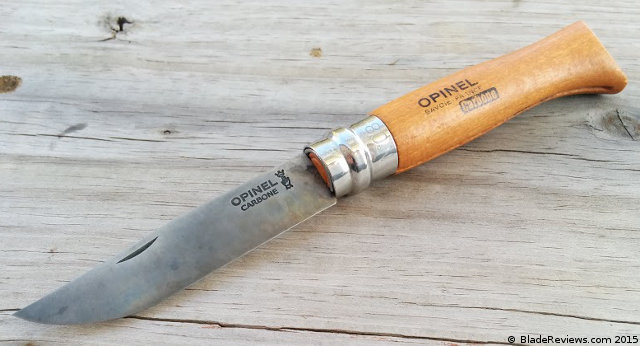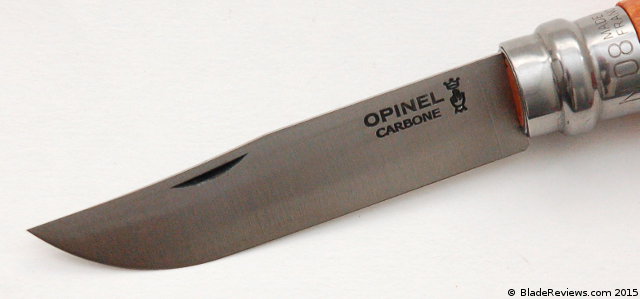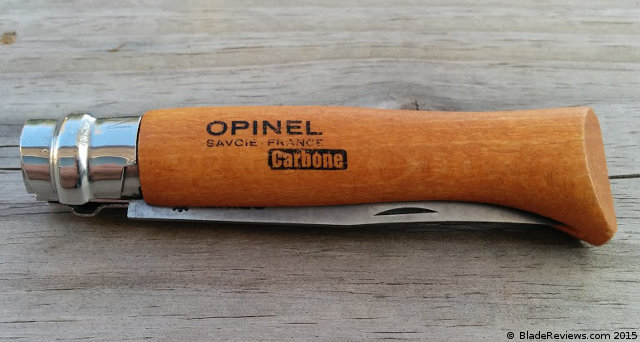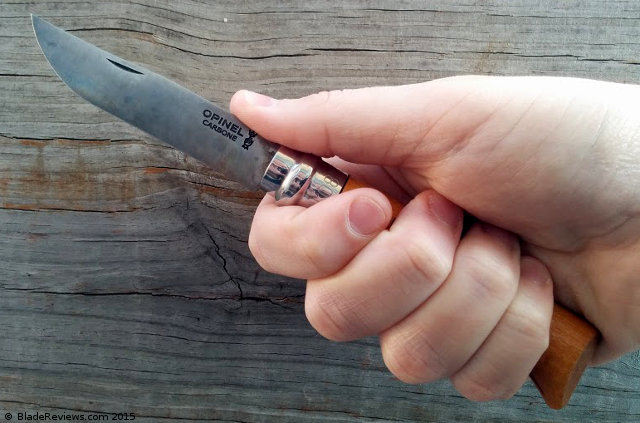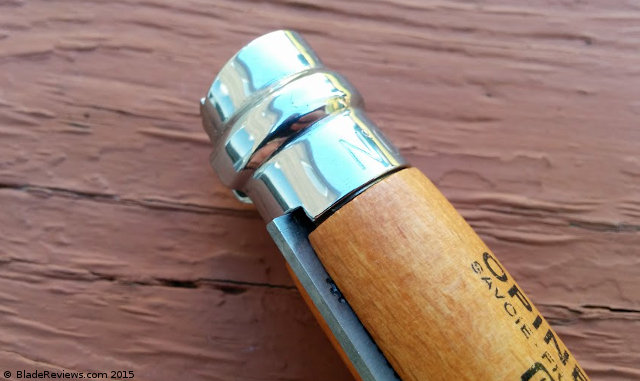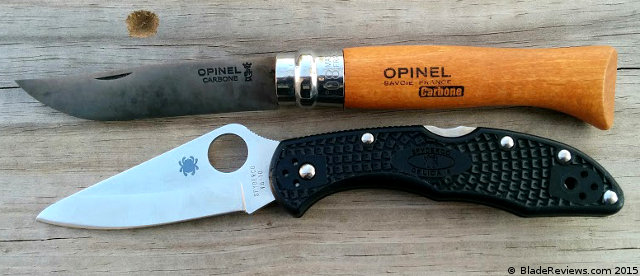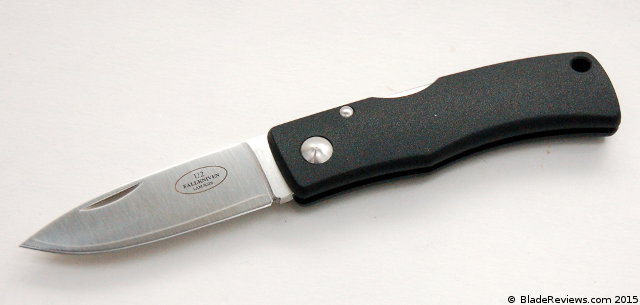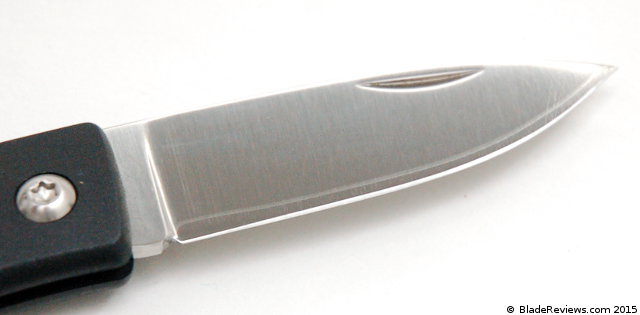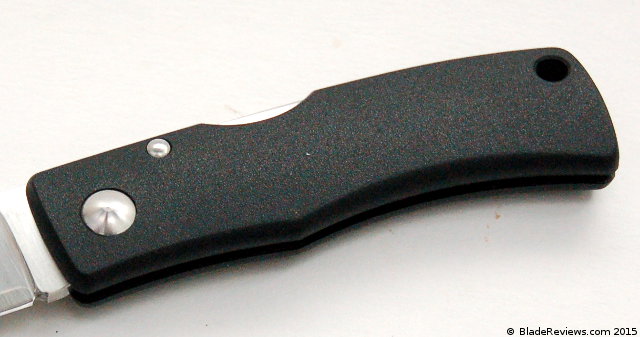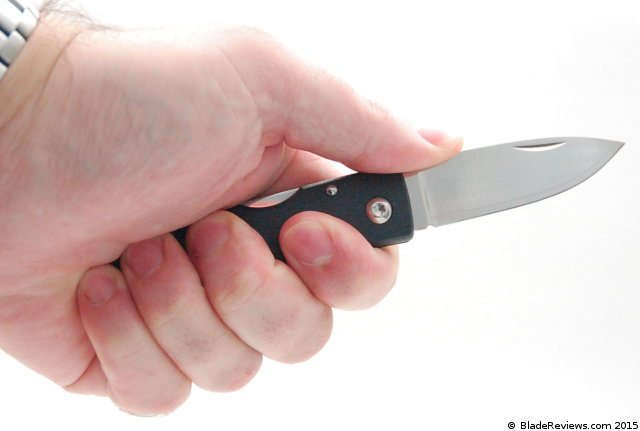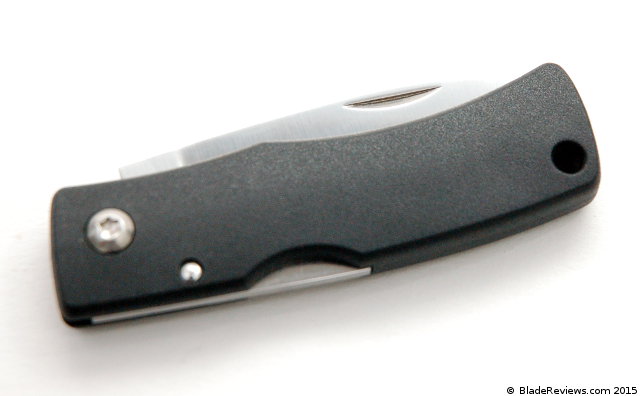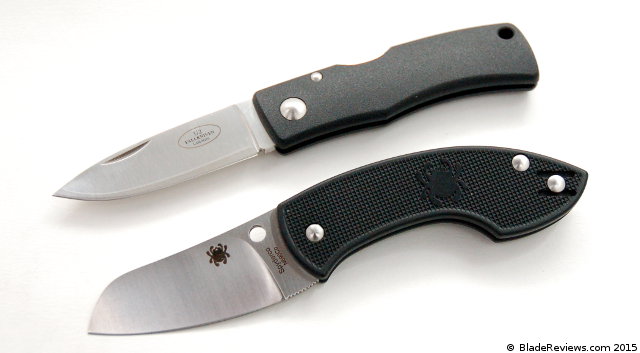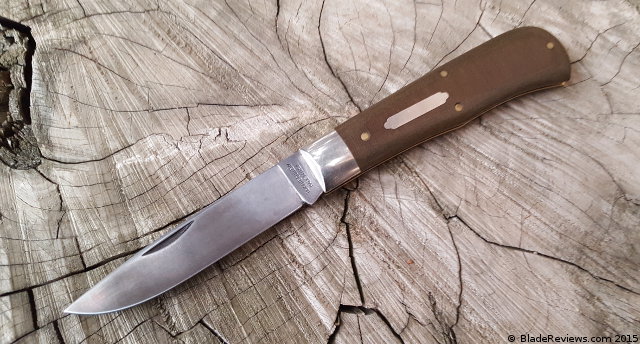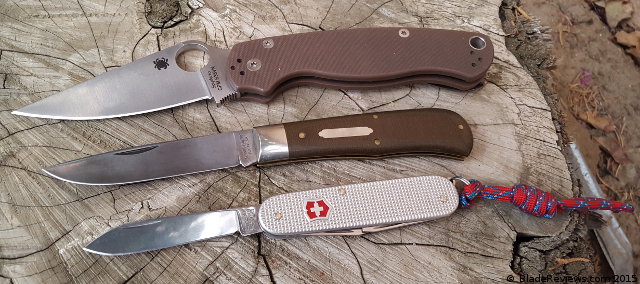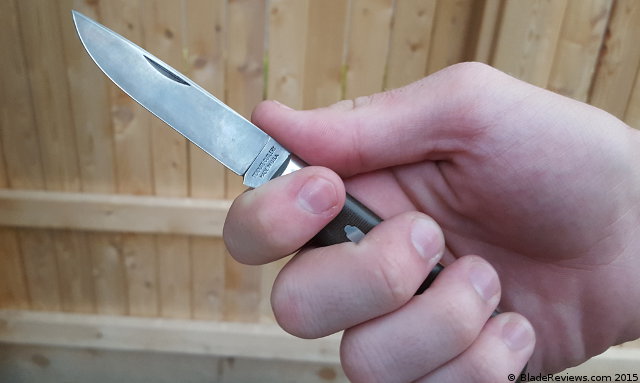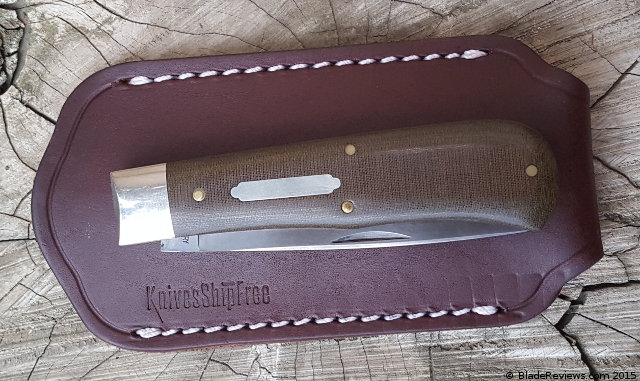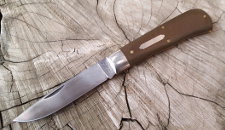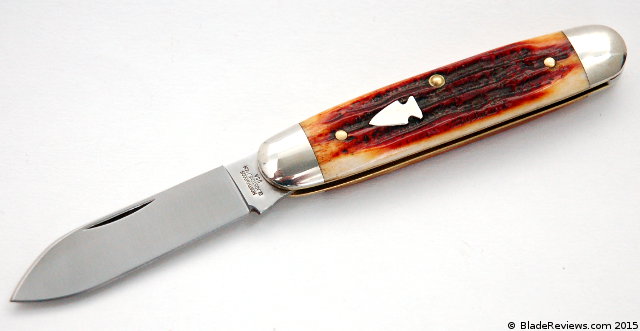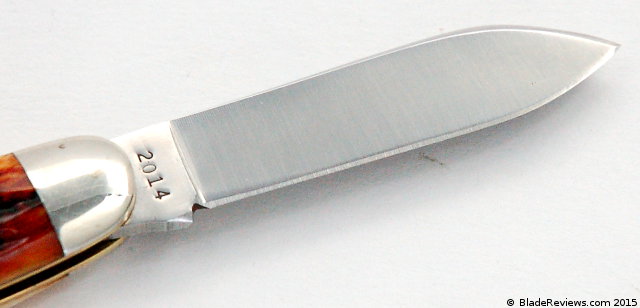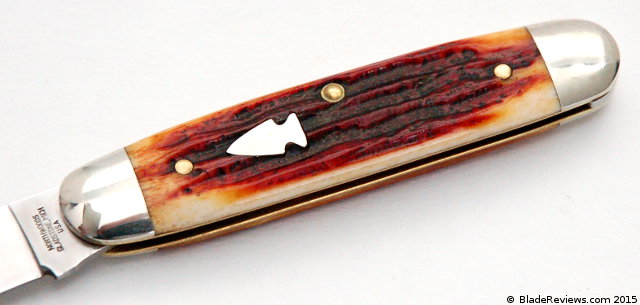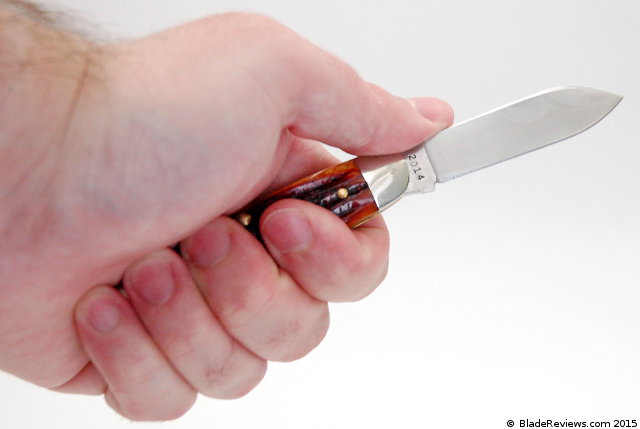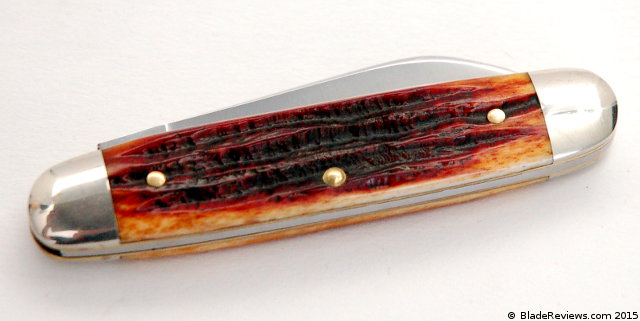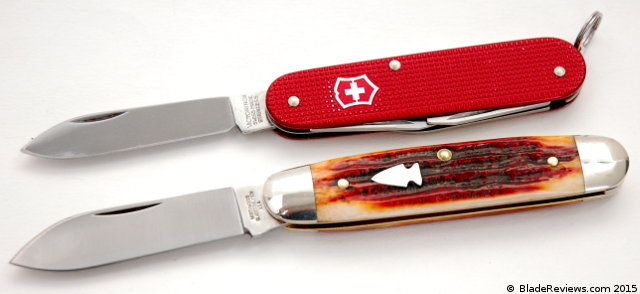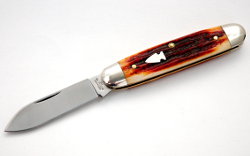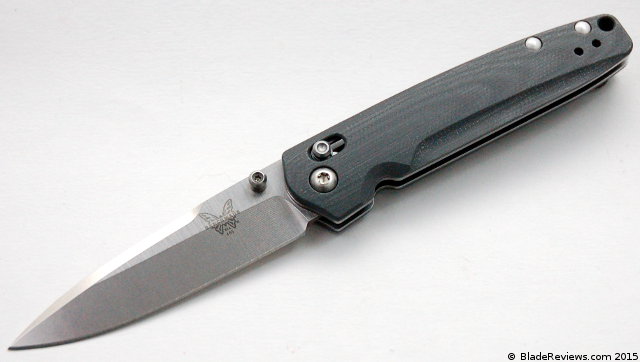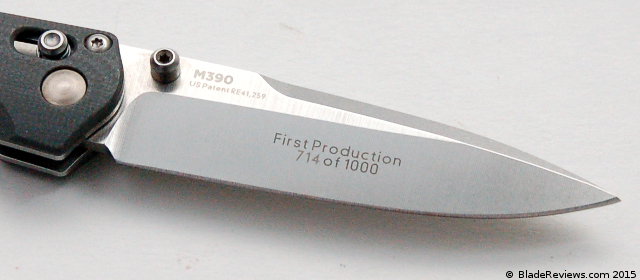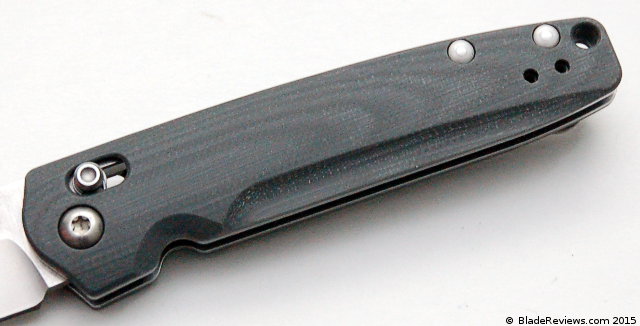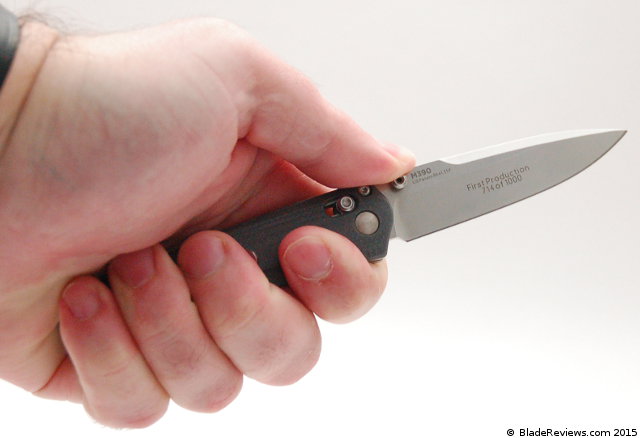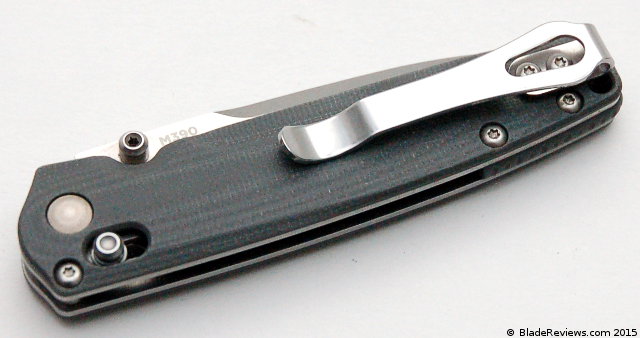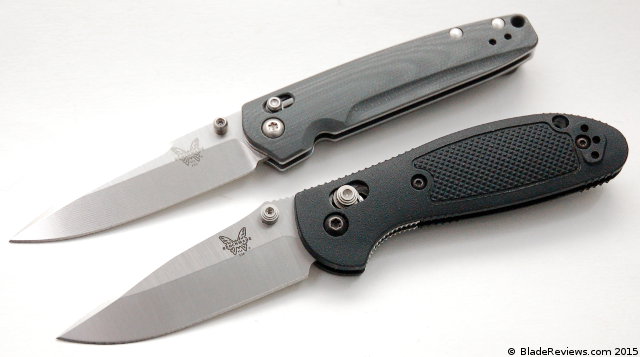The first time I noticed a gear company use the words “executive protection,” I was browsing the Goruck website. I was in the market for a backpack (my Jansport had succumbed to a combination of heat, dirt, and heavy loads) and saw that Goruck had recently released a sleeker bag that was stripped of the exterior MOLLE webbing. Their product literature claimed that these design changes were meant to appeal to individuals working in high-end private security. While I thought the justification was a little silly, the design was still attractive to me – all the moreso because I am (contrary to what you may have heard) not working in executive protection.
Some time passed, and I had entirely forgotten about it. Then it cropped up again: Triple Aught Design had finally gotten around to releasing a pair of jeans, but marketed them to the corporate security crowd. I can tell you from personal experience that the jeans are awesome, but again the marketing was confusing.
Enter the DPx Gear Aculus: another lust worthy piece of gear that was apparently designed with undercover operations in mind. While I can’t speak for its effectiveness in that regard, I can tell you that it’s what I would expect Robert Young Pelton’s version of a “gentleman’s knife” to look like. If you believe the rumors, the Aculus was first designed on a napkin – though with R.Y.P.’s reputation, that doesn’t sound like a tall tale. The design was then licensed to LionSteel, who produced it as the TiSpine. Under the terms of the agreement, DPx would sell the Aculus in limited quantities and only sell it directly from their website.
DPx sells the Aculus as their “gentleman’s knife”; and, compared to the rest of their product line, that makes sense. However, when you are not comparing it to blades that are ¼” slabs of tool steel, that claim falls apart. I can’t presume to be a gentleman, but I’ve found myself in a suit on a few occasions, and none of them were situations where a knife like the Aculus would be appropriate. Does that mean that the Aculus is a bad knife? Far from it, but there are some caveats you need to be aware of.
General Dimensions and Blade Details
The Aculus has a blade length of 3.35”, a closed length of 4.33”, and weighs 3.53 oz. Overall, it’s a bit smaller than a Spyderco Paramilitary 2, but has a cutting edge about as long. Although I can’t quite see the resemblance to a scorpion tail (the namesake of the knife), I have to admit the blade shape is very attractive. There is plenty of belly, but not so much that the blade slips during fine cutting tasks. The swedge takes away a moderate amount of steel—not enough to compromise the tip geometry, but certainly enough to help with piercing tasks. It adds a nice aesthetic touch to boot.
Sadly, that durability makes the Aculus a poor slicer. It handled cardboard just fine, but food prep was challenging. This was disappointing, as picnic lunches seem to be one of the few true occasions where a “gentleman’s knife” is warranted. For some reason I had always assumed the Aculus featured a hollow grind. While that wouldn’t make it an insane cutter, it would be a big help. If you have an Aculus and feel that the blade is too thick behind the edge, I’d look into having it reground. However, that’s assuming that you do a lot of slicing. Many of today’s cutting tasks are just that: cutting. Breaking down boxes, opening packages, and other utility jobs don’t often require a thin blade, and in some cases it can even be a liability. As for me, I use my knives at lunch frequently and would prefer a hollow grind.
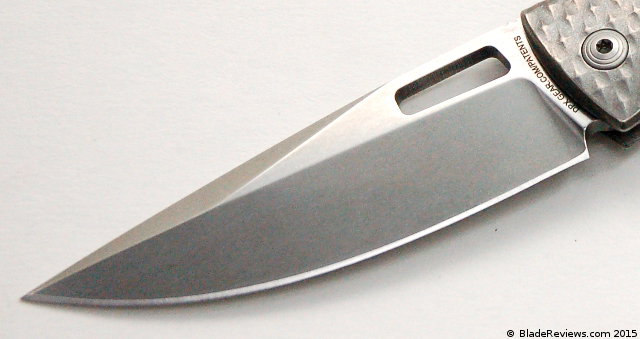
This was my first experience with Niolox steel, and online research provided confusing and often contradictory information. In this iteration, the steel was very impressive. I used the Aculus to prepare food, break down cardboard boxes, and even shave some drywall. It handled everything I threw at it, kept a working edge for a long time, and stropped easily. From what I saw online I expected corrosion to be an issue, but that hasn’t come up. DPx loves their tool steels, and I can’t see any reason why they shouldn’t.
Handle, Ergonomics, and Carry
Of course, the handle is the draw of the Aculus. Integral frame locks (especially at the production level) are technical marvels and a sign of how far the cutlery industry has advanced in recent years. DPx and LionSteel knocked it out of the park. The diamond pattern is striking – almost like corrugated steel brought to a high polish. Between the attractive curves, slight contouring, and aforementioned machining, the Aculus is quite pleasant in the hand. The handle is a bit slim, but the traction from the 3-D machining makes up for that. It’s comfortable in just about any grip, including when the knife is closed.
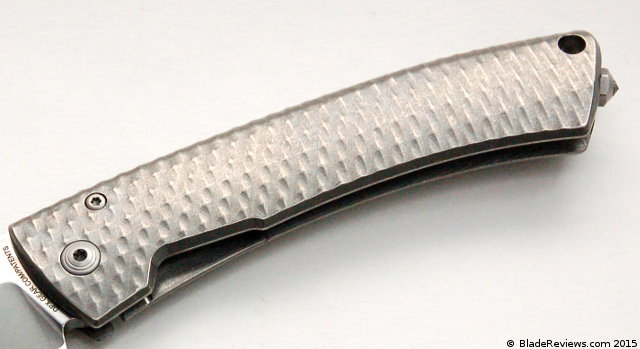
The Aculus is slim, contoured, and features an over-the-top pocket clip. Said pocket clip meets the butt of the handle at an angle, and while it does increase the rate of pocket wear in jeans, it nestles pleasantly in slacks and suit pants. Honestly, the only complaint I can make about the clip is that DPx etched their skull logo on the clip. I’m not one for logos, especially on a knife that’s supposed to be unobtrusive. It’s not that the logo is garish or without charm; it just feels out of place. I’d like to see the same approach they take with the ‘Triple Black’ series applied here, where most of the branding is hidden or left off. Robert Young Pelton’s design motif speaks for itself – you won’t mistake his style for someone else’s.
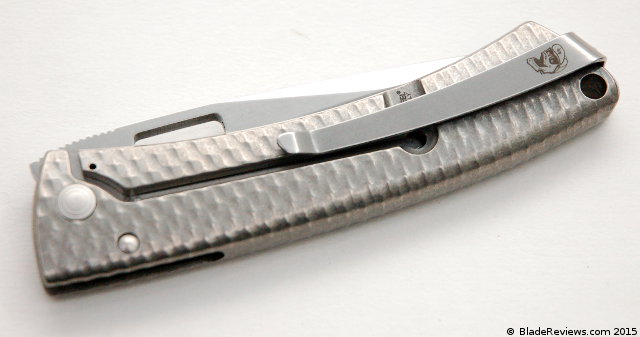
Deployment and Lockup
After doing some research on the internet, I was under the impression that the Aculus was – despite the cut out for the thumb – a two-handed opening knife. For the first three weeks that I had the Aculus, it was tricky to open it with one hand. It wasn’t until I saw a video on DPx Sean’s Instagram page that I realized the Aculus could actually be ‘coin-flipped’ open. Opening it that way is a little unintuitive, but once you get the hang of it it’s pretty easy, even addictive. I don’t know if that’s something I would recommend on a knife this nice, but if the folks at DPx can get away with it, I think the end user can too.
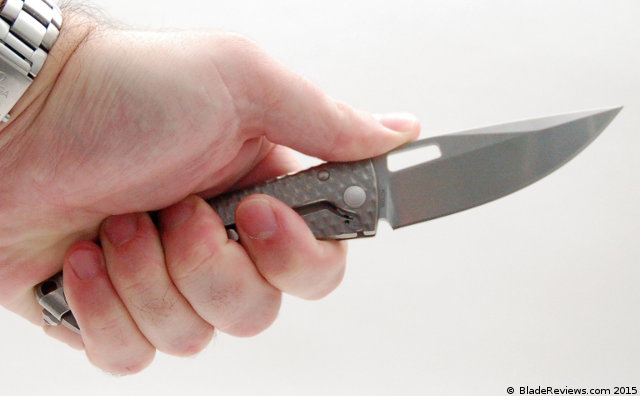
Throughout the testing period, the lock-up was fine. I didn’t have a problem with a sticky lock (which has plagued other DPx models) and the lock-up is stable at 70%. There is no blade play in any direction, and I never thought it would give. Still, integrals make me nervous. I can’t help but feel that if something goes wrong, you are up a certain creek without a paddle. A lock-bar insert (as featured on the LionSteel SR-1) would do a lot to put my mind at ease, but for whatever reason one wasn’t included here. Because of this, I have trouble with the “hard use” moniker. Bear in mind DPx has a stellar warranty service, so my fears are likely unwarranted.
DPx Aculus – Final Thoughts
I can’t refer to this as a “gentleman’s knife” or a “hard use” knife, much less both. The former because there is really no use for such a tool at an academic conference, at a cocktail party, a political function, or a courtroom. In some of those cases the Aculus would even be confiscated on the way in. If you’re the one doing the confiscating (for instance, working private security), then you probably need this knife for reasons that a twenty-something graduate student can’t relate to. As for the “hard use” claim, I’m skeptical enough of normal frame-locks in that role. Besides, the Aculus is really too pretty to shunt into rough tasks.
For modern knife enthusiasts, the Aculus pushes a lot of buttons. It is fun to fidget with, easy to carry, and drop-dead gorgeous. It doesn’t slice very well, but for most people that won’t be a big deal. Ultimately, even though the Aculus isn’t a “gentleman’s knife,” or a “hard use” knife, it’s quite impressive and undeniably attractive. For collectors and folks that don’t mind thicker blade grinds, I’d recommend this knife. However, if you regularly use your knives for food prep, this is one you might want to pass on. In either case, I’m excited to see what DPx will do in the future, even if I have to endure a bit of unnecessary marketing.
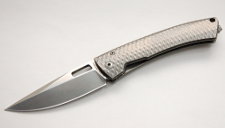
DPx Aculus – From $350.00
From: dpxgear.com
Note: The Aculus has been discontinued, so if you are looking to buy one at retail I think you will have a hard time. You may be able to snag a used one off the forums. I recommend buying other DPx knives at Amazon and BladeHQ. Please keep in mind that purchasing anything through the links on this website helps support BladeReviews.com. Thank you very much!
Editor’s note – having reviewed the TiSpine myself, I thought it would be fun to get Grayson’s take on the Aculus. I think he makes some valid points. Not my first choice for a gent’s folder, or a hard use tool, but it’s undeniably a beautiful knife and a marvel of engineering and craftsmanship. Well worth considering if you are at all intrigued by the design.
